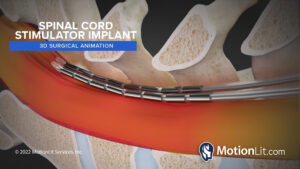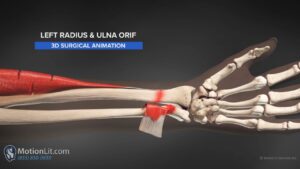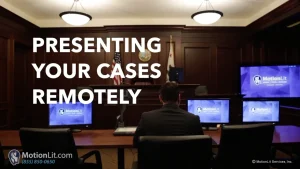Using Animation Exhibits To Connect With A Jury In Mild TBI Invisible Injury Case
When presenting brain injury cases, using advanced imaging studies such as diffusion tensor imaging (DTI) and fiber tractography (FT) helps to visualize the anomalies in the fiber connections and pathways in the damaged areas of the brain. However, presenting multiple flat and static images can oftentimes be difficult for a jury to interpret visually when shown individually in a report or as an exhibit.
With MotionLit medical animations, your viewers connect the dots by watching 3D renders of the injury environment allowing for better visual orientation of the affected areas.
This 3D summary of injury animation exhibits the complete scope of injuries suffered as a result of blunt force head trauma from a trip and fall incident.
Learn more about how you can utilize MotionLit Animations for your next exhibit presentation.







